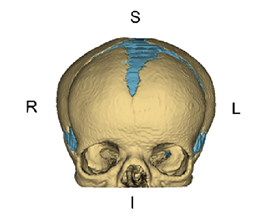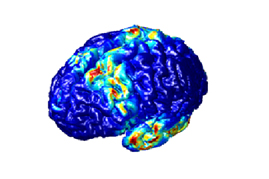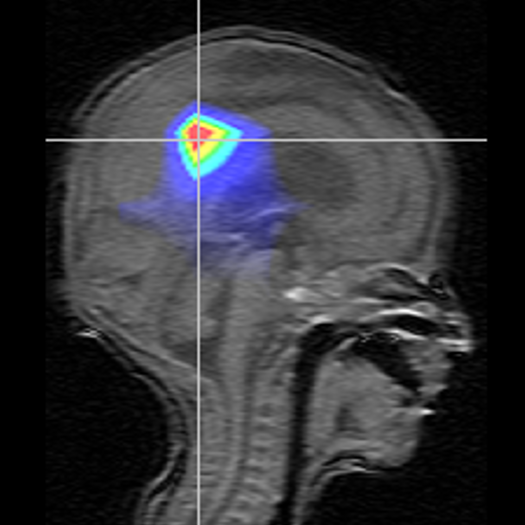
The GRAMFC has been established in 2004 as a multidisciplinary group and unifies since then a team of neuropsychologists, intensive care paediatricians , neuropaediatricians, Pedopsychiatre, Gyneco-obstetrician and specialists in signal processing. It has been recognized by the minister as a research unity in 2008 ( EA4293) and by the Inserm in 2014 (U1105)
The research of the Group of Research for the Multimodal Analysis of Cerebral Function (GRAMFC) of the CHU Amiens and the University of Picardie is centered on multimodal analysis of the cerebral dysfunction namely in newborns. To meet this goal it aims for development of tools allowing simultaneous analysis of modification in electric and local hemodynamic cerebral activity, under physiological (cerebral maturation) and pathological conditions (anoxic ischemia of the premature baby, neurological suffering of the preborn, convulsion and epilepsy of the child). These frequent pathologies are the first cause for a handicap of children. Unfortunately we are particularly lack of adequate diagnostic tools for investigation of the cerebral function applicable painless at bedside of the child. This represents an important challenge for public health.
For this purpose we developed for many years new tools for signal acquisition and analysis of the cerebral function in children. We deposed patents for systems of signal acquisition in high resolution (High-resolution EEG-NIRS) combining both modalities (electric and hemodynamic). We have implemented tools for pre- and advanced post-treatment of these signals. The application of these tools, in certain physiological and pathological situations has provided results which have been published and allow to validate our tools and our approaches.
The GRAMFC develop tools for high-resolution electric imaging (EEGHR) coupled with high-resolution optical imaging (Fast and Slow NIRS HR) and Diffuse Correlation Spectroscopy (DCS) applied to children, namely newborns at a moment where it has to be considered as an emerging approach in the field of neurosciences. In this, we are the first and until now the only ones to have published results which show a relationship between electric and local hemodynamic activity in newborns during crises or during intercritical spikes and for infants during absence crises. Thus, we are participating in a new upcoming field investigating mechanisms at the origin of physiological and pathological neuronal synchronization.






